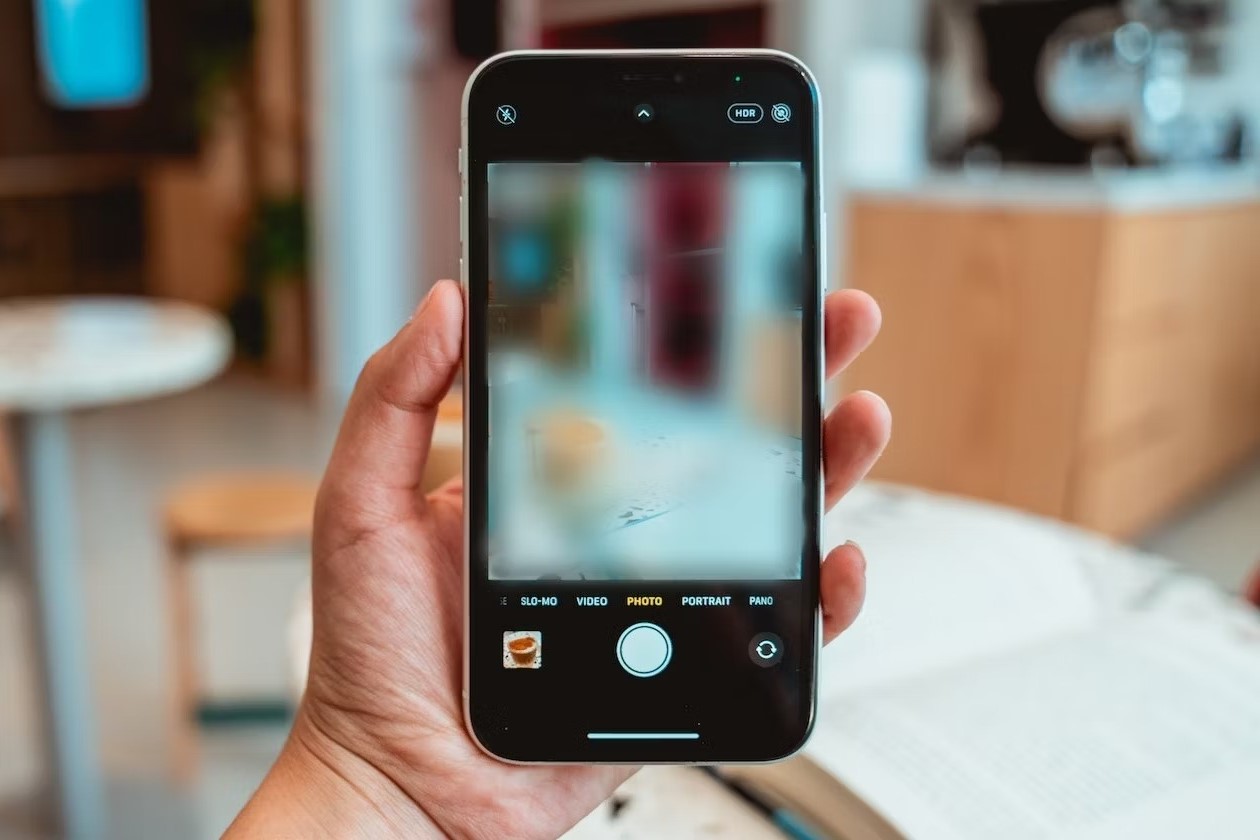
The Root Cause: Compression and Resolution
The primary reason for blurry pictures when sent from an iPhone to an Android device lies in the disparity between the resolution capacities of these devices. iPhones can shoot near cinematic quality videos at 1080p or higher, while many Android devices are limited to 720p or even lower resolutions. This difference in resolution capacity leads to a compression issue when media is sent between devices.
iMessage, Apple's proprietary messaging service, is designed to handle high-resolution media within the Apple ecosystem. It can efficiently transmit images and videos without significant loss of quality because both the sender and receiver are using Apple devices. However, when media is sent from an iPhone to an Android device, it must be compressed to fit within the limitations of the Android device's resolution capacity. This compression results in a lower quality image, often appearing blurry.
Additional Factors: Data and Network Limits
Another significant factor contributing to blurry images is the data and network limitations imposed by both iPhones and Androids. When sending media over the internet, both devices typically add effects and higher image quality details to messages. However, when a video or photo is sent from an iPhone to an Android via SMS or MMS messaging channels, these advanced features are not supported. This limitation further exacerbates the compression issue, leading to a lower quality image.
Workarounds and Solutions
Fortunately, several workarounds and solutions can mitigate this issue:
Using Third-Party Messaging Apps
One of the most effective ways to avoid blurry images is by using third-party messaging apps. These apps, such as WhatsApp, Facebook Messenger, Telegram, Signal, and Viber, do not compress or alter the quality of videos or photos. They operate independently of SMS and MMS, ensuring that the original quality of the media is maintained.
Using a third-party messaging app is straightforward. Simply download the app, connect it to your contacts, and start sending media. Most of these apps offer extensive features like group chatting, video calling, and end-to-end encryption. The only minor downside is that they often require an internet or 4G connection to function properly, which might be a challenge in certain locations.
Cloud-Based Services
Another solution is to use cloud-based services for sharing photos and videos. Many people already have cloud storage services like Google Photos or iCloud set up. By uploading the media to these services and sharing the link, you can ensure that the recipient receives the original quality image or video.
For instance, if you upload a photo to Google Photos, the recipient can download it directly from the album without any compression. This method not only avoids the compression issue but also provides an easy way to share media without requiring additional apps.
Sending media via email is another viable option. Email services like Gmail or Outlook do not compress images in the same way that SMS and MMS do. Therefore, when you send a photo or video via email, it retains its original quality until it is opened by the recipient.
Specific Issues with Verizon
In some cases, the blurriness of images can be attributed to specific issues with cellular service providers. For example, Verizon has been reported to limit MMS size, which can cause multiple pictures sent in one text message to appear blurry. This issue affects both iPhones and Android devices and is not specific to any particular phone model.
Troubleshooting Steps
If you are experiencing blurry images and want to troubleshoot the issue on your end, here are some steps you can take:
- Check Device Software Updates: Ensure that both your device and the sender's device are running the latest software updates. Sometimes, software updates can resolve compatibility issues that lead to blurry images.
- Verify Storage Space: Ensure that there is sufficient free memory space on both devices. Low storage can cause issues with image quality and compression.
- Use Alternative Messaging Apps: Switch to a third-party messaging app like WhatsApp or Telegram to avoid the compression issues associated with SMS and MMS.
- Upload to Cloud Services: Use cloud-based services like Google Photos or iCloud to share media and ensure that it is received in its original quality.
Final Thoughts
The issue of blurry pictures when sending media from an iPhone to an Android device is primarily caused by the compression required to match the lower resolution capacity of Android devices. However, several effective workarounds and solutions are available, including using third-party messaging apps, cloud-based services, and email.
By understanding the root cause of this issue and implementing these solutions, you can ensure that your photos and videos are shared in their original quality, regardless of the device you are using. Whether you choose to use a third-party app, upload to the cloud, or send via email, these methods provide a seamless way to share high-quality media across different platforms.
